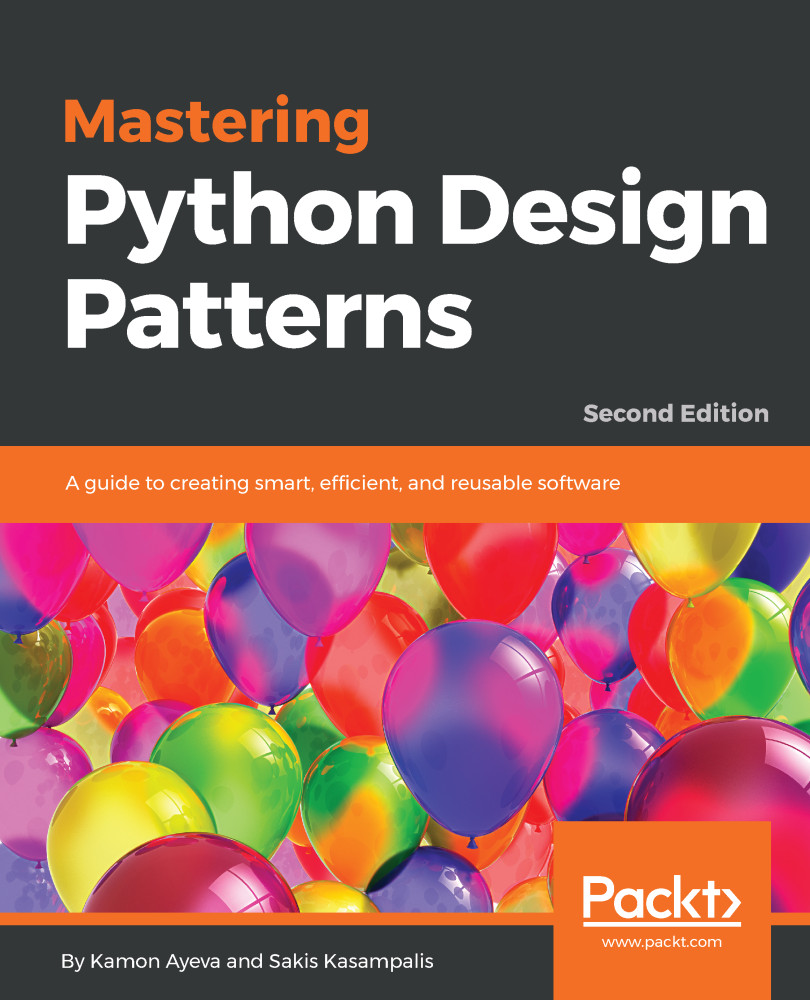In the previous two chapters, we covered our first structural pattern, adapter, which is used to make two incompatible interfaces compatible, and decorator, which allows us to add responsibilities to an object in a dynamic way. There are more similar patterns. Let's continue with the series!
A third structural pattern to look at is the bridge pattern. We can actually compare the bridge and the adapter patterns, looking at the way both work. While adapter is used later to make unrelated classes work together, as we saw in the implementation example we discussed in Chapter 4, The Adapter Pattern, the bridge pattern is designed up-front to decouple an implementation from its abstraction, as we are going to see.
In this chapter, we will discuss:
- Real-world examples
- Use cases
- Implementation



